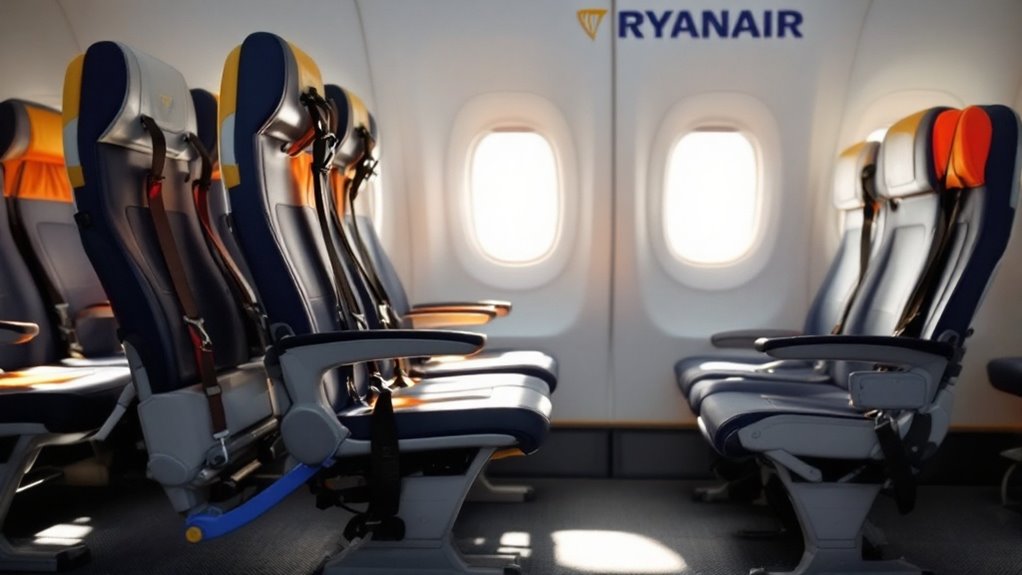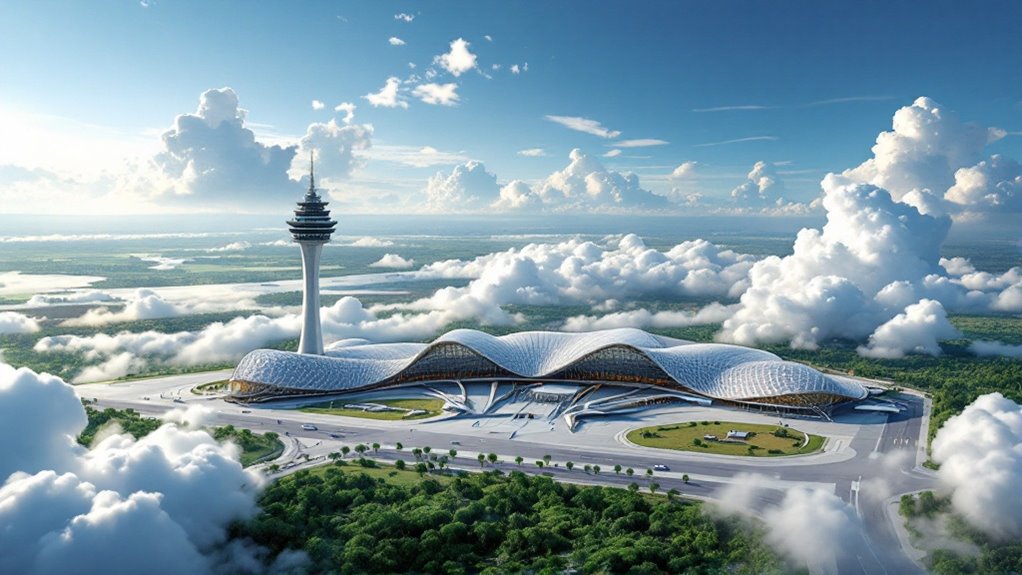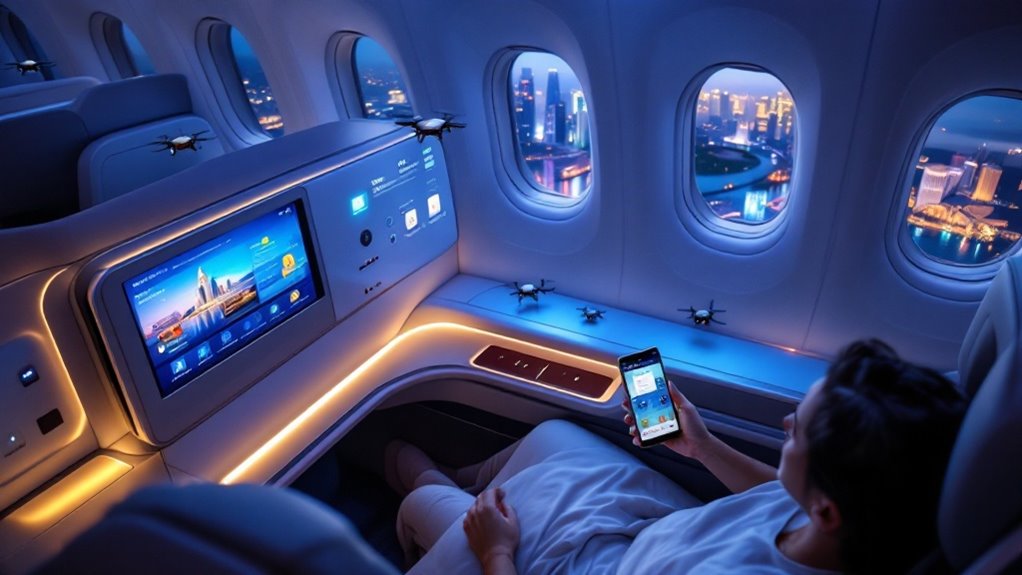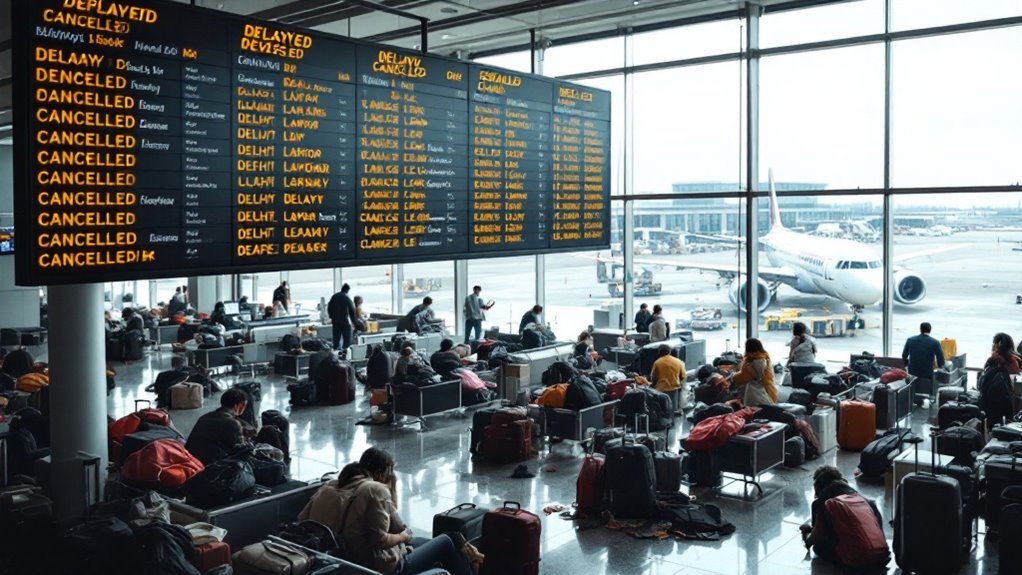Ryanair has officially denied social media rumors claiming the airline will implement standing-room-only seating on its flights, clarifying that no changes to current cabin layouts are planned or under consideration. The speculation arose from resurfaced proposals originally suggested by CEO Michael O’Leary in 2012, as well as viral images of prototype “saddle” seats. No regulatory body has approved standing seats for commercial aviation, and Ryanair confirms all regular seating remains unchanged. Further details clarify how this rumor circulated and its broader industry implications.
Ryanair has publicly denied recent rumors suggesting the airline plans to introduce standing-room-only seats on its flights, confirming it has “no plans” to install or offer such seating arrangements aboard its aircraft. This statement was made after viral social media posts reignited speculation about the imminent rollout of standing seats, prompting questions from customers and media. A Ryanair spokesperson addressed the controversy directly, informing Euronews and other outlets that the airline’s official position remains unchanged.
The origin of the standing-seat rumor traces back to 2012, when Ryanair CEO Michael O’Leary first proposed the concept as a way to reduce ticket prices, at times suggesting fares could drop as low as £1. The idea, though never realized, has resurfaced periodically, fueled by the continued circulation of mockup images and posts from over a decade ago. These historical references are frequently misinterpreted as evidence of current operational changes, creating confusion among travelers and industry observers. Other budget airlines have also considered the concept of standing seats, though no major carrier has moved forward with implementation.
Interest in standing-room seating has not been limited to Ryanair. Italian manufacturer Aviointeriors developed the Skyrider saddle seat prototype in 2012, presenting it as a possible innovation for budget airlines. The company asserts that the design has passed all relevant safety and emergency evacuation tests, but Skyrider remains a prototype and is not currently in production. Safety concerns surrounding standing seats remain a significant barrier to their adoption, and no regulatory authority has approved such seating for commercial use.
Despite this, the concept attracts attention from low-cost carriers seeking ways to maximize aircraft capacity and minimize operating costs. Industry analysts note that, if implemented, standing seats could increase passenger capacity by up to 20 percent on some aircraft, potentially reducing per-passenger costs and allowing for ultra-low fares—possibly as low as €1–€5 for short-haul routes.
However, significant regulatory and safety hurdles remain. International aviation authorities require strict compliance with safety and evacuation standards for any new seating arrangement, and experts remain skeptical about approval on a global scale.
Passenger reactions remain mixed, with some travelers welcoming potential cost savings while others voice concerns about comfort, especially for taller individuals, and the overall in-flight experience. At present, Ryanair continues to offer standard seating and has reiterated its commitment to current cabin configurations in response to the latest wave of speculation.









